Alpes-Maritime guide: Nice, Grasse and The Côte d’Azur
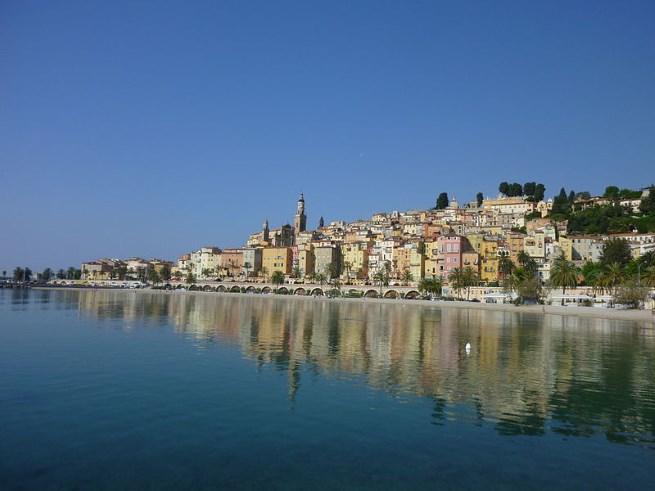
France Today takes a tour around this department
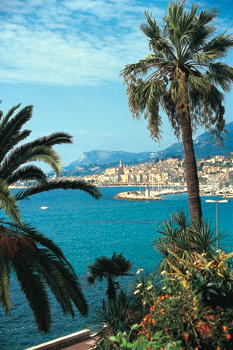
Shamelessly appropriating a popular marketing slogan to sum up the Alpes-Maritimes département – which encompasses both the sweeping hillsides heading up to the Alps and the sun-trapped coastal areas of the Riviera – seems perfectly reasonable, if journalistically a tad lazy. But then, unlike most regions, this part of France, in the southwest corner bordering Italy, does exactly what it says on the tin: you will just as easily find yourself shimmying up a steep, pine tree-flanked walking trail as lazing on a shingle beach casting a jealous eye over bronzed locals. Or perhaps you could even do both on the same day.
The unifying factor of these disparate aspects of the area, though, is that the Provençal good life – a broad notion encompassing simple, healthy cuisine (olive oil is the staple), cultural appreciation and, above all, relaxation under a blazing sun – cannot be anything but embraced by those who visit it.
The logical place to start sampling this is in most visitors’ initial point of arrival – Nice. Since British aristocrats first headed there for some temperate winter rest in the mid-19th century, the city has held serious sway in the affections of the British. Today, it is the area’s transport hub and cultural and administrative capital, with still much to offer UK visitors: high-class shopping, great restaurants that serve cuisine from all over the world, wonderful art displays (both classic and contemporary), twisty old streets worth getting lost in, a famous daily fruit and flower market on cours Saleya and, along the promenade des Anglais, one of the best places in France on which to stroll or be seen strolling. All of these make Nice – a city where the twin currencies of guaranteed satisfaction are euros and inquisitiveness in spadefuls – a great place for a weekend jaunt.
To spend more time on the Riviera, though, without heading further afield to places like Grasse to the north-west, Antibes to the west and Sospel in the Roya Bévera mountain range to the north, is nothing short of criminal. Only by doing this will you appreciate the diverse attractions the broader region offers.
Any town that inspires one of the world’s great artists to paint and sculpt surely has enough to attract your average Francophile who has a penchant for art and sunshine. The swanky, welcoming coastal resort of Antibes, the former home of Pablo Picasso, is a case in point. The artist stayed on the nearby Golfe of Juan-les-Pins with Françoise Gilot in 1946, and used part of the ancient Château Grimaldi as his studio. This medieval castle has stunning views of the bay of Antibes, and now houses a museum of the works Picasso produced during this period. Also worth visiting is the imposing Chapel of the Holy Ghost, which sits across the place du Révély from the castle.
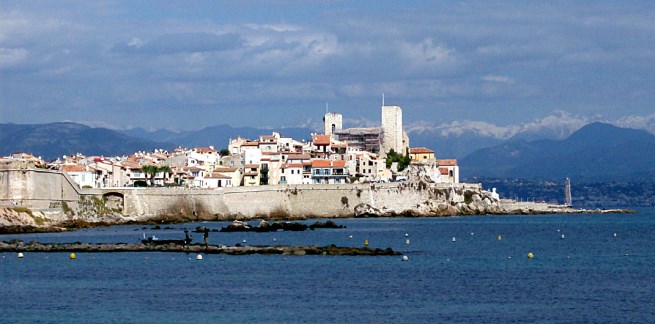
Antibes, photo: Huiskamergeleerde via Wikimedia Commons
Some of Picasso’s pieces reflect a post-war austerity in the town, which contrasts wildly with the wealth displayed today in the pleasure port. But, while sailing boat and property prices here may exclude many seeking a permanent base, for ephemeral inhabitants, the town has lots to please the eye and the heart. For example, the gorgeous Cap d’Antibes headland, where verdant vegetation and beige rock are perfectly juxtaposed with the sparkling Mediterranean that surrounds it on three sides, begs exploration by foot. The old town, meanwhile, is the perfect place to have a cold beer or load up on some nautical-themed presents.
Leave the coast behind for a couple of days and go in search of a glimpse of what inland Alpes-Maritimes can offer, by heading high into hills north of Antibes to Grasse, a heady town in more than the olfactory sense, for which it is most famous. The major perfume manufacturers (Molinard, Fragonard and Galimard) have their old factories here, and the chance to visit them to see how perfume is made, and even concoct a unique personalised blend to take away, lures visitors from all over the world. But the town’s spectacular position, high in the hills behind Antibes, and the view this affords over the undulating dark green hills of the pays de Grasse, is as alluring as any fragrant creation.
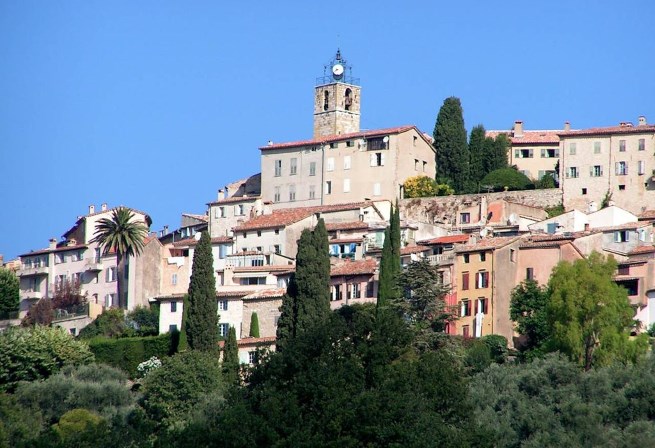
Grasse, photo: by Christophe Jacquet
Nearby are the rose and jasmine fields that provide the basic ingredients of the town’s scented heritage. To get a decent photograph in flowering season, though, you need to be up at sunrise before the pickers remove the renowned scented heads. And, if all that nose-twitching has got your senses working overtime, by lunchtime you will be ready to reward your tastebuds and tummy at one of Grasse’s reputable culinary haunts. Gastronomy has become increasingly modern and forward-thinking in these parts, so don’t be surprised if a humble family auberge serves up a frothy vegetable capuccino as a trendy amuse-bouche before you settle down to a plate of red mullet and aubergine caviar!
Enjoying a similarly lofty location, but this time providing an awesome panorama of the Mediterranean, Eze is a mountain-top medieval village between Nice and Monaco, and is accessed via one of the three corniches that wind their way up through the olive tree-sprinkled countryside. Eze has a civilised air of polish, and it lies at the heart of the most glamourous part of Alpes-Maritimes, yet it still retains a refreshingly villagey feel and is worth an afternoon of anyone’s time. In the heart of this rather exclusive village (Irish rockers U2 live at the bottom of the cliff at Eze-sur-Mer, and their guitarist married in the village church in June), a maze of pretty, cobbled walkways reveal artists at work in their ateliers and a good choice of restaurants. Intrepid beach lovers can walk the Nietsche Path (the philosopher declared himself as happy as he had ever been, as he wended his ocean-bound way), but be warned: the steep return journey is not for the faint-hearted.
Along the coast, bordering Italy, is another jewel of the Côte d’Azur: the pristine and friendly seaside resort of Menton. Italian influence is strong here, from the baroque architectural style of the 17th-century Saint-Michel Basilica at the heart of the old town to the ochre- and canary-coloured seafront villas that are best enjoyed from the small beach right in front of them. Green-fingered visitors have plenty to enjoy here, too. They will marvel at the town’s abundance of wonderful gardens, from the simple Zen garden behind the main beach west of the old town to the recently restored Serre de la Madone garden complex up in the Valley of Gorbio.
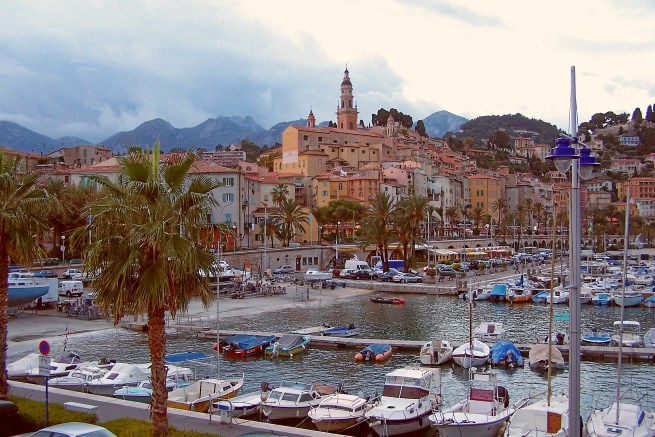
Menton, photo: by Berthold Werner
To experience an entirely different aspect of the département – the quiet world of walking trails and traditional village life beneath cloud-splitting peaks – you must head north again, this time to Sospel, and beyond to the Roya Bévéra mountains. Sospel was founded on the old Nice-Turin salt transport route and lies in a basin, cupped by terraced land and pine trees. Its most famous landmark comes into view as soon as you enter the town: the Pont Vieux (Old Bridge), which houses France’s smallest tourist office, straddles the River Bévéra, picture-postcard style. And one of France’s loveliest squares – place Saint-Michel, framed by trompe-l’oeil façades – is home to the town’s magnificent cathedral.
Take a winding, precarious mountain road further north to Tende in the Valley of Marvels and 14th-century La Brigue, both of which have fine religious architecture and artworks to enjoy, as well as manifold outdoor activity opportunities like kanyoning and mountain biking, and you complete the Alpes-Maritimes jigsaw. Though the Roya-Bévéra is often an overlooked part of the département, eclipsed inevitably by the glamourous reputations of its coastal neighbours, the area provides a perfect foil to the bustle of the Riviera, and no stay in this corner of the country is complete without a voyage of discovery off the beaten track.
Alpes-Maritimes is, after all, the sum of many special parts.
GETTING THERE
AIR – easyjet flies from Stansted, Liverpool and Gatwick to Nice.
ROAD – Take the A6 from Paris to Lyon, then the A7 and A8 to Nice.
RAIL – TGVs travel between Marseille and Paris in under three-and-a-half hours, while Nice is a direct destination on the traditional rail network.
For information, contact Rail Europe (08705 848848) .
OUTINGS
A guided tour of the Molinard Perfumerie (60 boulevard Victor Hugo; +33 4 93 36 01 62; , which includes a look at how flower scents are distilled to make perfume, is free.
To create your own fragrance in the Tarinologie (science of the nose) workshop costs 69 euros.
Entrance to the Pablo Picasso Museum in Antibes (Château Grimaldi; +33 4 92 90 54 20), to see some of the paintings and sculptures that the artist created during his stay in the town in 1946.
To visit the Serre de la Madone and other fabulous gardens in Menton, call the Menton Heritage Service (74, Route de Gorbio – 06500 MENTON) to arrange a guided tour with an expert lecturer.
CONTACTS
For more information about the Alpes-Maritimes, contact the Riviera-Côte d’Azur Regional Tourism Board (55 promenade des Anglais 06011 Nice; +33 4 93 37 78 78; .
CLIMATE
The region has average temperatures in July and August of 28 ºC, with winters remaining very mild.
Share to: Facebook Twitter LinkedIn Email
Leave a reply
Your email address will not be published. Required fields are marked *



